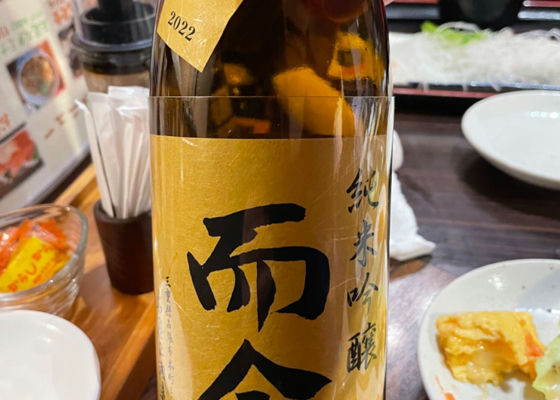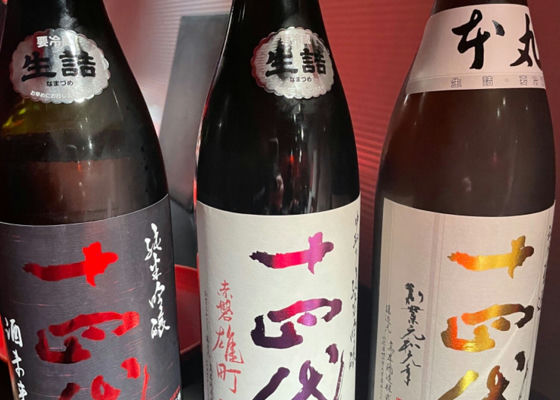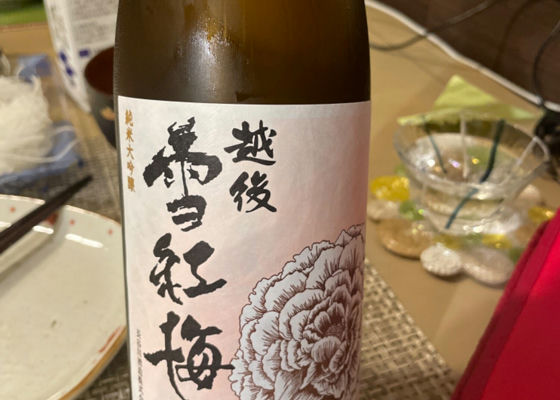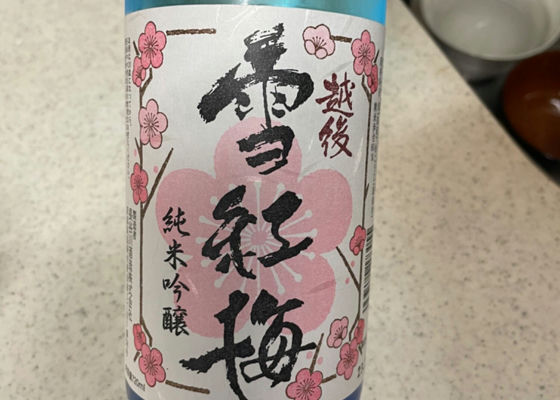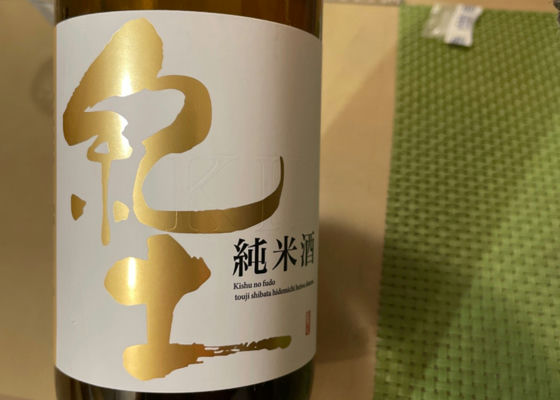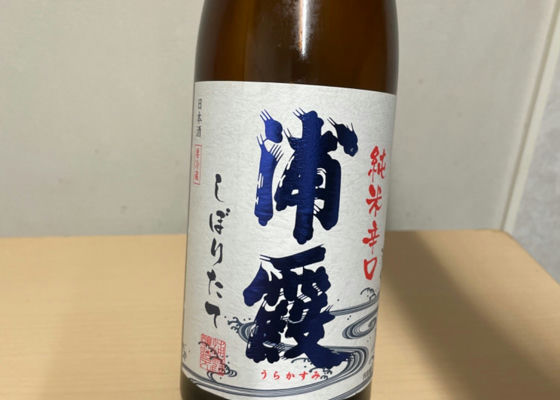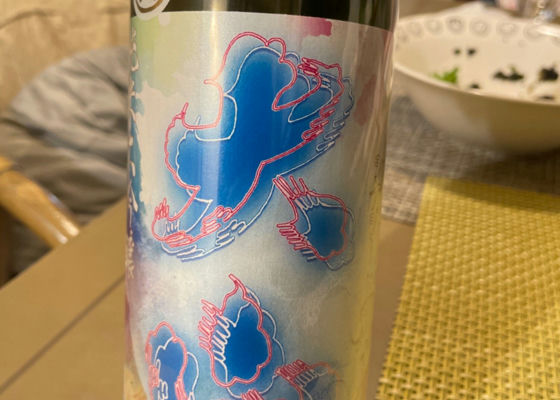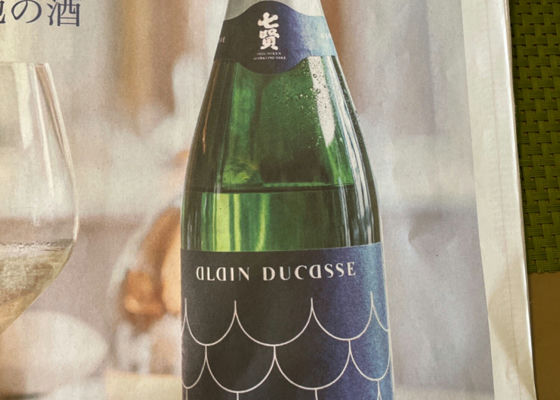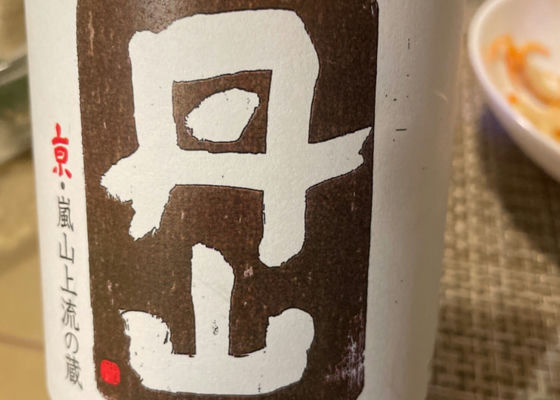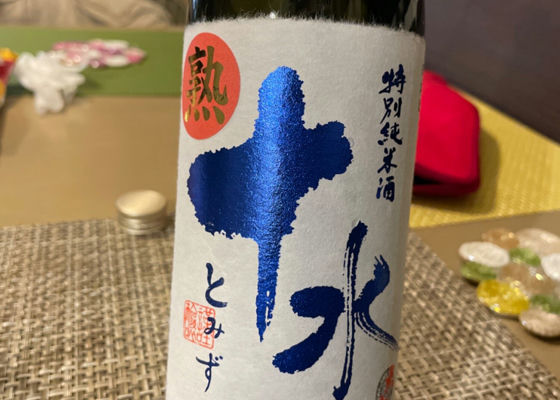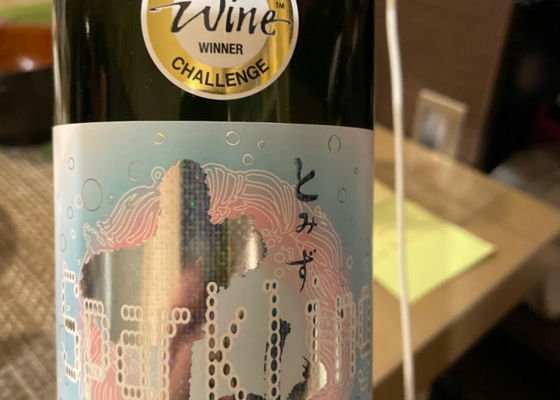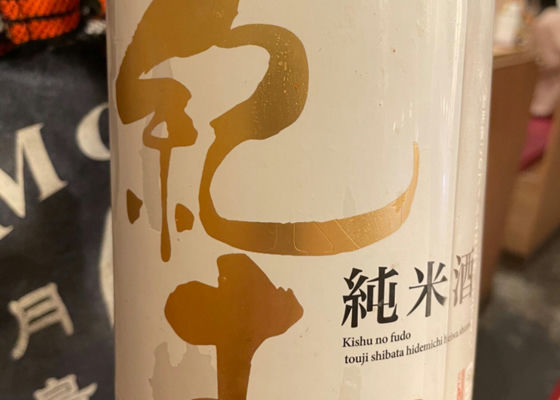
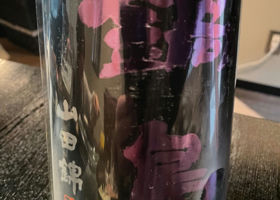
オールドスポルト
Nabeshima, Purple. Yamadanishiki, Junmai Ginjo, beauty and
It is a sake with beauty, artistry, and the soul of a craftsman.
It is fragrant, but not too sweet, not too winey, and not too fruity as is the current trend, but with the spirit of sake. That's what I like about it. It is not often available in restaurants, so I enjoy it with good yakiniku at my favorite yakiniku restaurant in my neighborhood. Thank you again today 😊It is a great feeling to meet a sake that makes you feel gratitude 🍶.
Japanese>English
